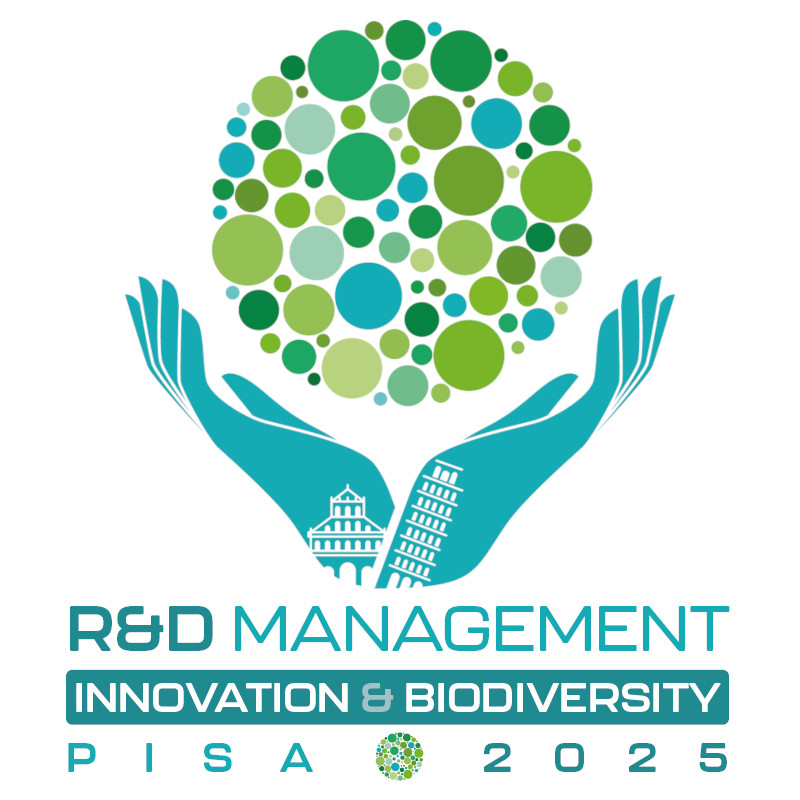Energy efficiency and switching to renewable energy is only half the story, according to a recent report by the Ellen Macarthur Foundation which underscores the need for a sustainable supply chain. While these actions are vital, it estimates that this would address only 55% of global emissions. To reach net-zero, we also need to change the way we make and use products, materials, and food.
The three principles of the circular economy are:
- eliminating waste and pollution to reduce greenhouse gas emissions
- recycling products and materials to retain their energy
- regenerating nature to sequester carbon in soil and products.
To facilitate these changes requires a rethink of our supply chains – a network of organisations that add value to raw products. The management of new ‘closed loop supply chains’ is one of the topics to be discussed in Track 2.8 of the 2025 R&D Management Conference.
Mariarosalba Angrisani, from Parthenope University of Naples, is the chair of the track and she says that, with the emergence of Industry 5.0 and the pressures to increase sustainability, the exploration of Sustainable Supply Chain Configurations and management is particularly timely.

2.8 Sustainable Supply Chain: challenge and trends in the Industry 5.0 era
A short glossary of the terms used in this track
Supply Chain Management (SCM) – defined as the “integration of business processes from end users through original suppliers that provides products, services, and information that add value for customers”.
The Circular Economy (CE) model – widely accepted as a sustainable alternative to the traditional linear economy, where resources are continuously reused, and waste is minimised.
Open-Loop Supply Chains (OLSCs) – this is the traditional supply chain model where products are manufactured, distributed, used by consumers, and then disposed of without being returned to the manufacturer.
Closed-Loop Supply Chains (CLSCs) – these allow original equipment manufacturers to recover and re-market products, playing a significant role in fostering sustainability.
Sustainable Supply Chain (SC) configurations – the management of material, information, and capital flows, as well as cooperation among companies along the supply chain, while taking goals from all three dimensions of sustainable development, i.e., economic, environmental, and social, into account, which are derived from customer and stakeholder requirements.
Circular Supply Chain Management (CSCM) – Circular supply chains enable businesses to become more resilient by decoupling operations from the extraction of natural resources, thereby increasing material security and reducing exposure to price volatility.
Triple bottom line (3BL) – sustainability, incorporating economic, environmental, and social factors.

R&D Management Conference 2025:
Innovation & Biodiversity
Institute of Management of Scuola Superiore Sant’Anna, Pisa
30 June – 2 July 2025
Track 2.8 Sustainable Supply Chain: challenge and trends in the Industry 5.0 era
Track chair: Mariarosalba Angrisani, Parthenope University of Naples, Department of Management and Quantitative Studies (DISAQ)
Co-chairs:
Lorella Cannavacciuolo, Federico II University of Naples, Department of Industrial Engineering
Annarita Sorrentino, Parthenope University of Naples, Department of Management and Quantitative Studies
Ivana Quinto, Parthenope University of Naples, Department of Engineering

